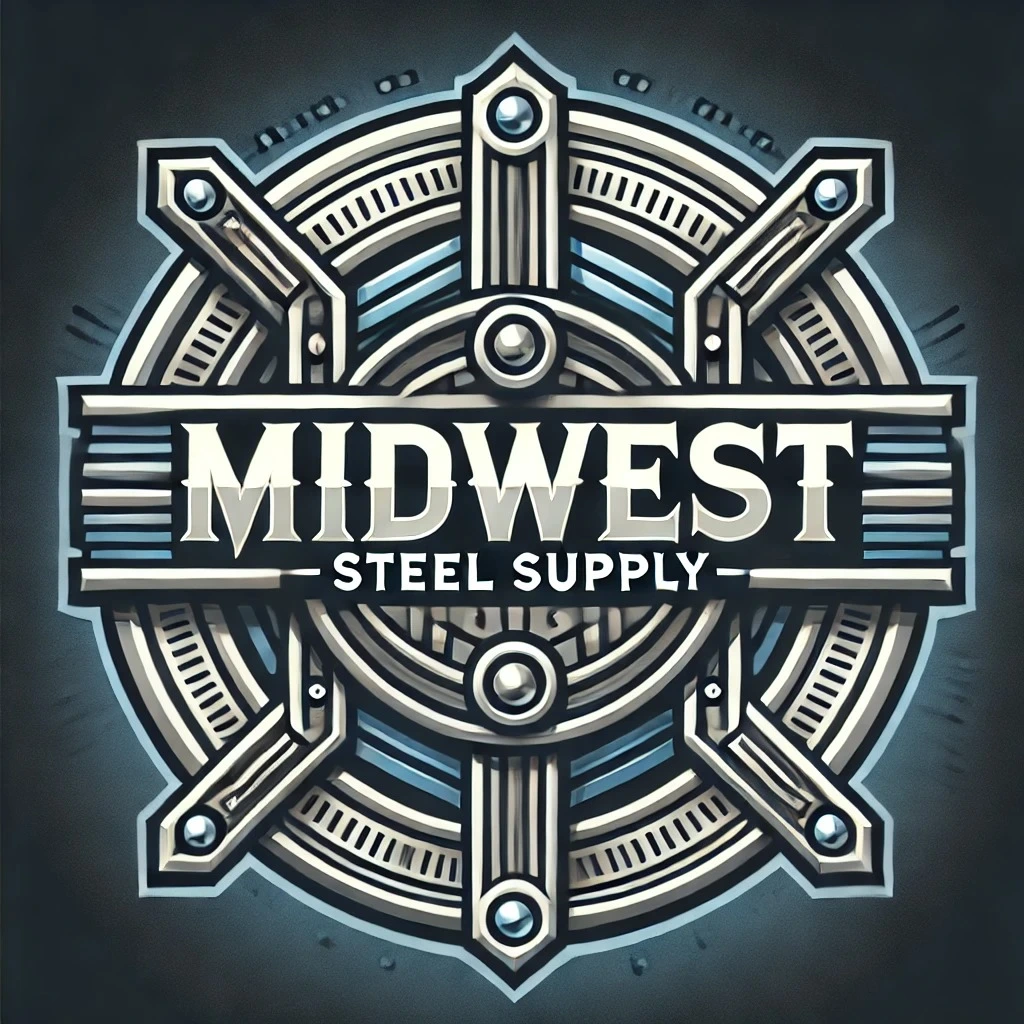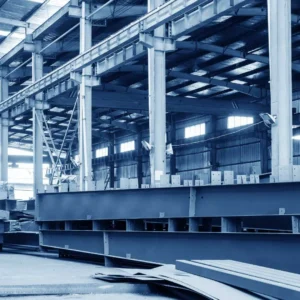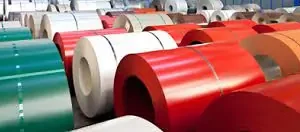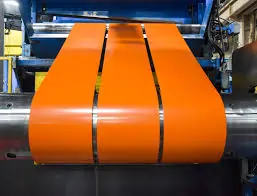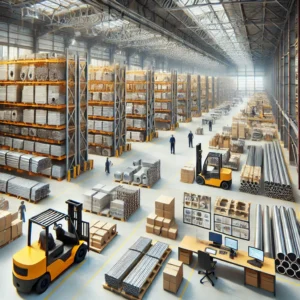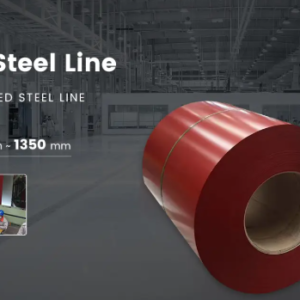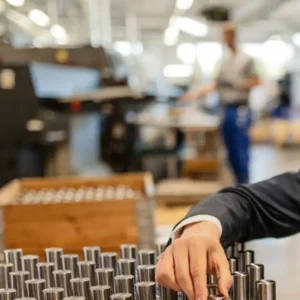Stainless Steel Hot Rolled 304 and 316 – Supplier Overview and Key Applications
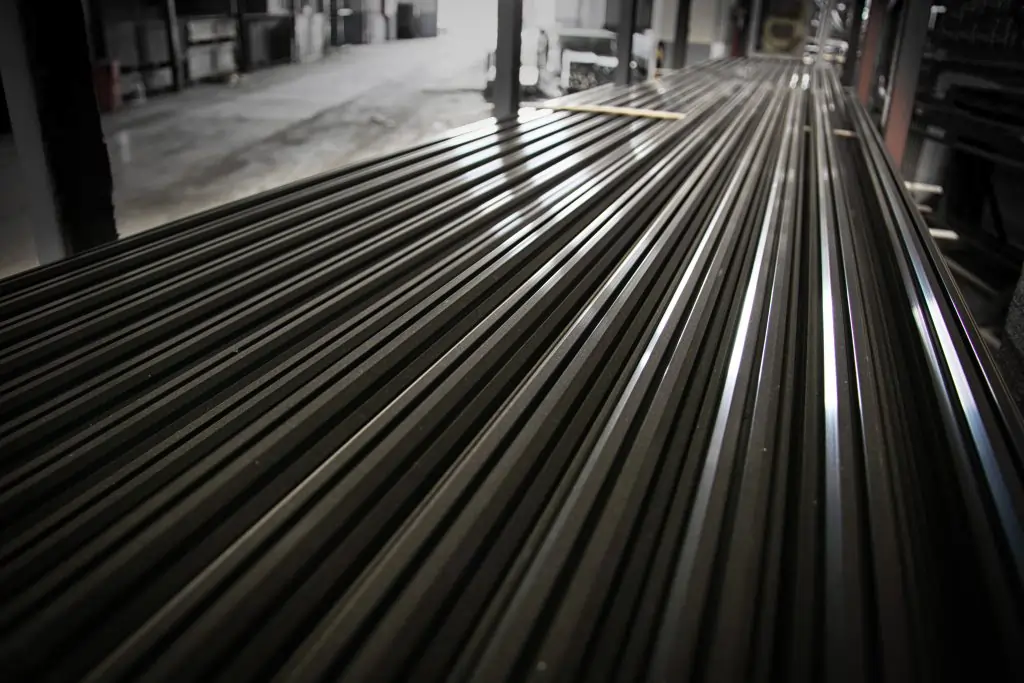
Stainless steel is a critical material in modern industry, prized for its strength, durability, and corrosion resistance. Among its many grades, 304 and 316 stainless steel are the most commonly used worldwide. When supplied in hot-rolled form, these materials become even more valuable for structural and heavy-duty applications.
This article covers the key differences between 304 and 316 stainless steel, their uses, and what to look for in a reliable stainless steel hot-rolled 304/316 supplier.
What is Hot-Rolled Stainless Steel?
Hot-rolled stainless steel is produced by rolling the steel at high temperatures, typically over 1700°F (927°C). This process gives the material its strength and workability but leaves a rougher surface compared to cold-rolled steel. It is commonly used where precise tolerances and surface finishes are not a priority, but strength and performance are.
Hot-rolled stainless steel is typically available in sheet, plate, or coil form, and it’s ideal for welding, forming, and machining.
Stainless Steel 304 vs 316: What’s the Difference?
Both 304 and 316 are austenitic stainless steels — non-magnetic, highly formable, and corrosion-resistant — but they differ in composition and resistance properties.
Stainless Steel 304
-
Composition: Contains 18% chromium and 8% nickel.
-
Corrosion Resistance: Excellent in most environments, including food and chemical processing.
-
Applications: Widely used in kitchen equipment, architectural panels, tanks, and automotive parts.
Stainless Steel 316
-
Composition: Similar to 304 but with an added 2–3% molybdenum.
-
Corrosion Resistance: Superior to 304, especially in marine or chloride-exposed environments.
-
Applications: Used in marine equipment, chemical processing, coastal architecture, and medical devices.
In short, 304 is versatile and economical, while 316 is preferred for harsher environments with higher corrosion risks.
Common Forms and Sizes Supplied
Stainless steel hot-rolled 304 and 316 are typically available in:
-
Thickness: 3mm to 100mm
-
Width: 1000mm, 1219mm, 1500mm, and custom widths
-
Length: 2000mm, 2400mm, 3000mm, or coil form for further cutting
-
Finish: No.1 (hot-rolled, annealed & pickled), industrial finish
Suppliers can also provide additional processing such as shearing, laser cutting, deburring, and surface finishing.
Key Applications of Hot-Rolled 304 and 316 Stainless Steel
1. Construction and Infrastructure
Both grades are used in structural components, cladding, brackets, and supports — especially in areas exposed to moisture, pollution, or salt.
2. Chemical and Food Processing Equipment
Tanks, vessels, and piping systems made from 304 or 316 stainless steel are common in facilities that demand hygiene, corrosion resistance, and long life.
3. Marine and Coastal Engineering
316 stainless steel is the material of choice in docks, ship components, and saltwater processing equipment due to its superior resistance to chlorides.
4. Industrial Machinery
Heavy-duty frames, enclosures, and supports for machinery are often fabricated from hot-rolled stainless steel plates due to their strength and weldability.
5. Energy Sector
Power plants, oil and gas facilities, and renewable energy systems use stainless steel for its performance in high-stress and corrosive conditions.
Choosing the Right Stainless Steel Supplier
When selecting a supplier for stainless steel hot-rolled 304 and 316, consider the following:
-
Inventory Availability: Choose suppliers with a wide range of sizes, grades, and formats in stock.
-
Certifications: Look for ISO, ASTM, or ASME compliance to ensure quality standards.
-
Processing Capabilities: Suppliers that offer cutting, polishing, or CNC services save you time and cost.
-
Location and Logistics: Regional suppliers in the Midwest or East/West Coast can reduce delivery times.
-
Technical Support: A knowledgeable sales team can help match the right grade and thickness for your specific application.
Some reliable U.S.-based stainless steel suppliers include:
-
Midwest Steel & Aluminum
-
Ryerson
-
Penn Stainless
-
TW Metals
-
Alro Steel
Conclusion
Stainless steel hot-rolled 304 and 316 are essential materials for industrial, commercial, and marine applications. Their strength, formability, and corrosion resistance make them a top choice for engineers and fabricators.
By sourcing from a reputable stainless steel supplier, you ensure consistent quality, timely delivery, and expert support — whether you’re building chemical tanks, structural frameworks, or marine-grade components.
